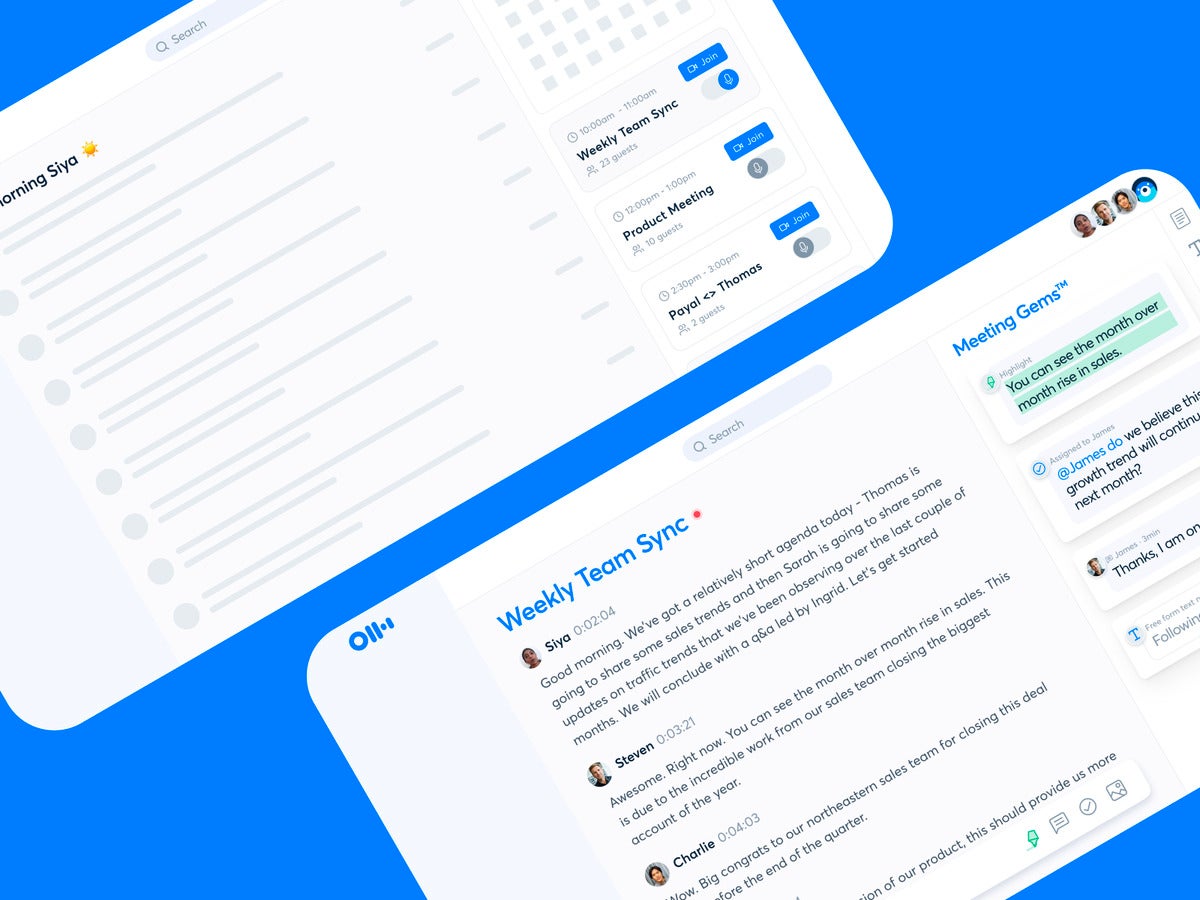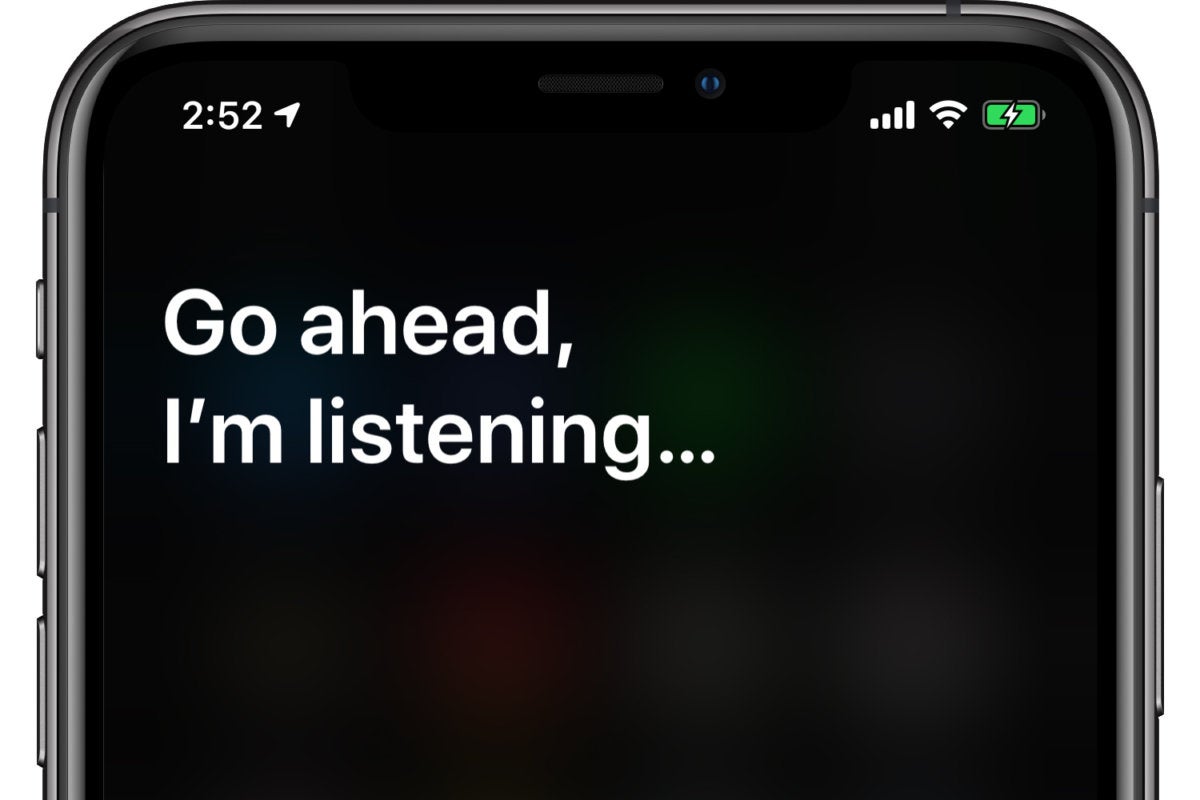To be clear, reading these books will not make you a brilliant developer; you will need years of experience to achieve that, but you will gain insight into some guiding concepts that you may apply. Furthermore, by reading them, you will avoid committing certain common development mistakes.
This list is not complete, as there are always some new and good books, but these ones made the most impact in the careers of many software developers and as there are mostly languages agnostic, they can be applied by using any programming language.
A continuous learning mindset is a key quality of a software developer who wants to stay relevant and grow their market value. Codelivly has prepared a list of 10 most popular books on software engineering to help you with that.
This list is a must for developers who want to be aware of the latest trends and open their minds.
#1 Python Crash Course by Eric Matthes
This is the second edition of the world’s best-selling Python book. Python Crash Course, Second Edition is an easy-to-understand introduction to the fundamentals of Python programming. Instead of providing a foundation in general programming principles, Python fundamentals, and issue solving, author Eric Matthes opts for a foundation in general programming concepts, Python fundamentals, and problem solving. The book’s second section includes three real-world projects that allow readers to put their knowledge to good use.
Readers will learn how to create a simple video game, use data visualization techniques to make graphs and charts, and build and deploy an interactive web application. Python Crash Course, 2nd Edition teaches beginners the essentials of Python quickly so that they can build practical programs and develop powerful programming techniques.
Python Crash Course by Eric MatthesGet Amazing Products Daily
#2 Head First Design Patterns by Eric Freeman, Elisabeth Robson
What will you learn from this book?
You don’t want to recreate the wheel, so you turn to Design Patterns, which are the lessons learnt from others who have experienced similar software design challenges. With Design Patterns, you can take use of other people’s best practices and experience so you can focus on something more difficult. Something a little more enjoyable. This book explains the patterns that matter, when and why to use them, how to apply them to your own ideas, and the object-oriented design concepts that underpin them. Hundreds of thousands of developers have used Head First Design Patterns to improve their object-oriented design skills.
What’s so special about this book?
If you’ve ever read a Head First book, you’ll know what to expect: a visually rich format tailored to your brain’s needs. With Head First Design Patterns, 2E, you’ll learn design concepts and patterns in a method that won’t put you to sleep, so you can get out there and solve software design challenges and communicate with people on your team in the language of patterns.
Head First Design Patterns by Eric FreemanGet Amazing Products Daily
#3 Fluent Python by Luciano Ramalho
Python’s simplicity lets you become productive quickly, but often this means you aren’t using everything it has to offer. With the updated edition of this hands-on guide, you’ll learn how to write effective, modern Python 3 code by leveraging its best ideas.
Don’t waste time trying to make Python fit patterns from other languages. Discover and use idiomatic Python 3 capabilities that go beyond your previous knowledge. Author Luciano Ramalho walks you through Python’s key language features and modules, showing you how to make your code shorter, faster, and easier to read.
Featuring major updates throughout the book, Fluent Python, second edition, covers:
- Special methods: The key to the consistent behavior of Python objects
- Data structures: Sequences, dicts, sets, Unicode, and data classes
- Functions as objects: First-class functions, related design patterns, and type hints in function declarations
- Object-oriented idioms: Composition, inheritance, mixins, interfaces, operator overloading, static typing and protocols
- Control flow: Context managers, generators, coroutines, async/await, and thread/process pools
- Metaprogramming: Properties, attribute descriptors, class decorators, and new class metaprogramming hooks that are simpler than metaclasses.
Fluent Python by Luciano RamalhoGet Amazing Products Daily
#4 Learning Go by Jon Bodner
Go is quickly becoming the language of choice for developing online services. While there are several tutorials available to teach Go’s syntax to developers with prior programming knowledge, they are insufficient. Developers wind up reproducing patterns that don’t make sense in a Go context since they don’t explain Go’s idioms. This practical guide gives you the background you need to write idiomatic and simple Go.
No matter your level of experience, you’ll learn how to think like a Go developer. Author Jon Bodner introduces the design patterns experienced Go developers have adopted and explores the rationale for using them. You’ll also get a preview of Go’s upcoming generics support and how it fits into the language.
- Learn how to write idiomatic code in Go and design a Go project
- Discover how Go’s features allow the language to run efficiently
- Know which Go features you should use sparingly or not at all
- Understand the reasons for the design decisions in Go
- Set up a Go development environment for a solo developer or team
- Learn how and when to use reflection, unsafe, and cgo
Learning Go by Jon BodnerGet Amazing Products Daily
#5 Clean Code: A Handbook of Agile Software Craftsmanship by Robert C. Martin
Even poor code can get the job done. However, if code isn’t well-written, it can knock a development team to its knees. Poorly written code wastes countless hours and major resources every year. It doesn’t have to be that way, though.
What kind of work will you be doing? You’ll be reading code—lots of code. And you will be challenged to think about what’s right about that code, and what’s wrong with it. More importantly, you will be challenged to reassess your professional values and your commitment to your craft.
Readers will come away from this book understanding
- How to tell the difference between good and bad code
- How to write good code and how to transform bad code into good code
- How to create good names, good functions, good objects, and good classes
- How to format code for maximum readability
- How to implement complete error handling without obscuring code logic
- How to unit test and practice test-driven development
This book is a must for any developer, software engineer, project manager, team lead, or systems analyst with an interest in producing better code.
Recommend Books 📚
Clean Code: A Handbook of Agile Software Craftsmanship by Robert C. Martin #6 Software Engineering at Google by Titus Winters, Tom Manshreck, Hyrum Wright
Today, software engineers need to know not only how to program effectively but also how to develop proper engineering practices to make their codebase sustainable and healthy. This book emphasizes this difference between programming and software engineering.
How can software engineers manage a living codebase that evolves over time and responds to changing requirements and demands? Software engineers Titus Winters and Hyrum Wright, as well as technical journalist Tom Manshreck, give a candid and incisive look at how some of the world’s finest practitioners develop and maintain software, based on their experience at Google. This book examines Google’s distinct engineering culture, procedures, and tools, as well as how these elements contribute to an engineering organization’s effectiveness.
You’ll explore three fundamental principles that software organizations should keep in mind when designing, architecting, writing, and maintaining code:
- How time affects the sustainability of software and how to make your code resilient over time
- How scale affects the viability of software practices within an engineering organization
- What trade-offs a typical engineer needs to make when evaluating design and development decisions
Software Engineering at Google by Titus Winters, Tom ManshreckGet Amazing Products Daily
#7 Effective Java by Joshua Bloch
Since the previous version of Effective Java was published shortly after the release of Java 6, the language has changed substantially. This Jolt Award-winning classic has been completely rewritten to take use of the most recent language and library capabilities. The availability of numerous paradigms in current Java raises the need for particular best-practices guidance, which this book provides.
As in previous editions, each chapter of Effective Java, Third Edition, consists of several “items,” each presented in the form of a short, stand-alone essay that provides specific advice, insight into Java platform subtleties, and updated code examples. The comprehensive descriptions and explanations for each item illuminate what to do, what not to do, and why.
The book covers:
- Functional interfaces, lambda expressions, method references, and streams
- Default and static methods in interfaces
- Type inference, including the diamond operator for generic types
- The @SafeVarargs annotation
- The try-with-resources statement
- New library features such as the Optional interface, java.time, and the convenience factory methods for collections
Effective Java by Joshua BlochGet Amazing Products Daily
#8 The Pragmatic Programmer: your journey to mastery by David Thomas, Andrew Hunt
The Pragmatic Programmer is one of those rare technical books that you’ll read over and over again. Whether you’re a beginners to the profession or a seasoned pro, you’ll always walk away with new perspectives.
Topics range from personal responsibility and career development to architectural techniques for keeping your code flexible and easy to adapt and reuse. Read this book, and you’ll learn how to:
- Fight software rot
- Learn continuously
- Avoid the trap of duplicating knowledge
- Write flexible, dynamic, and adaptable code
- Harness the power of basic tools
- Avoid programming by coincidence
- Learn real requirements
- Solve the underlying problems of concurrent code
- Guard against security vulnerabilities
- Build teams of Pragmatic Programmers
- Take responsibility for your work and career
- Test ruthlessly and effectively, including property-based testing
- Implement the Pragmatic Starter Kit
- Delight your users
The Pragmatic Programmer: your journey to mastery by David ThomasGet Amazing Products Daily
#9 C# 9.0 in a Nutshell by Joseph Albahari
This best-selling guide contains all the answers to your questions concerning C# 9.0 and.NET 5. C# is a language with extraordinary flexibility and depth, but there’s still a lot to learn thanks to its ongoing development. This totally revised edition, in the style of O’Reilly’s Nutshell guides, is simply the best one-volume reference to the C# language available today.
Organized around concepts and use cases, C# 9.0 in a Nutshell provides intermediate and advanced programmers with a concise map of C# and .NET that also plumbs significant depths.
- Get up to speed on C#, from syntax and variables to advanced topics such as pointers, records, closures, and patterns
- Dig deep into LINQ with three chapters dedicated to the topic
- Explore concurrency and asynchrony, advanced threading, and parallel programming
- Work with .NET features, including regular expressions, networking, spans, reflection, and cryptography
C# 9.0 in a Nutshell by Joseph AlbahariGet Amazing Products Daily
#10 40 Algorithms Every Programmer Should Know by Imran Ahmad
Algorithms have long been crucial to both the science and practice of computers. Aside from classical computers, the ability to employ algorithms to address real-world problems is a vital skill for any developer or programmer. This book will not only teach you how to choose and use algorithms to solve real-world issues, but also how to comprehend how they function.
What you will learn:
- Explore existing data structures and algorithms found in Python libraries
- Implement graph algorithms for fraud detection using network analysis
- Work with machine learning algorithms to cluster similar tweets and process Twitter data in real time
- Predict the weather using supervised learning algorithms
- Use neural networks for object detection
- Create a recommendation engine that suggests relevant movies to subscribers
- Implement foolproof security using symmetric and asymmetric encryption on Google Cloud Platform (GCP)
Who this book is for:
This book is meant for programmers and developers who want to learn how to utilize algorithms to solve problems and write efficient code. This book will help you master the most commonly used algorithms in a straightforward and lucid manner, whether you’re a novice or an experienced programmer interested in exploring cutting-edge algorithms in data science, machine learning, and cryptography. Although Python programming experience is required, data science knowledge is beneficial but not required.
40 Algorithms Every Programmer Should Know by Imran AhmadGet Amazing Products Daily
Happy Learning
Related

.png)


.png)














